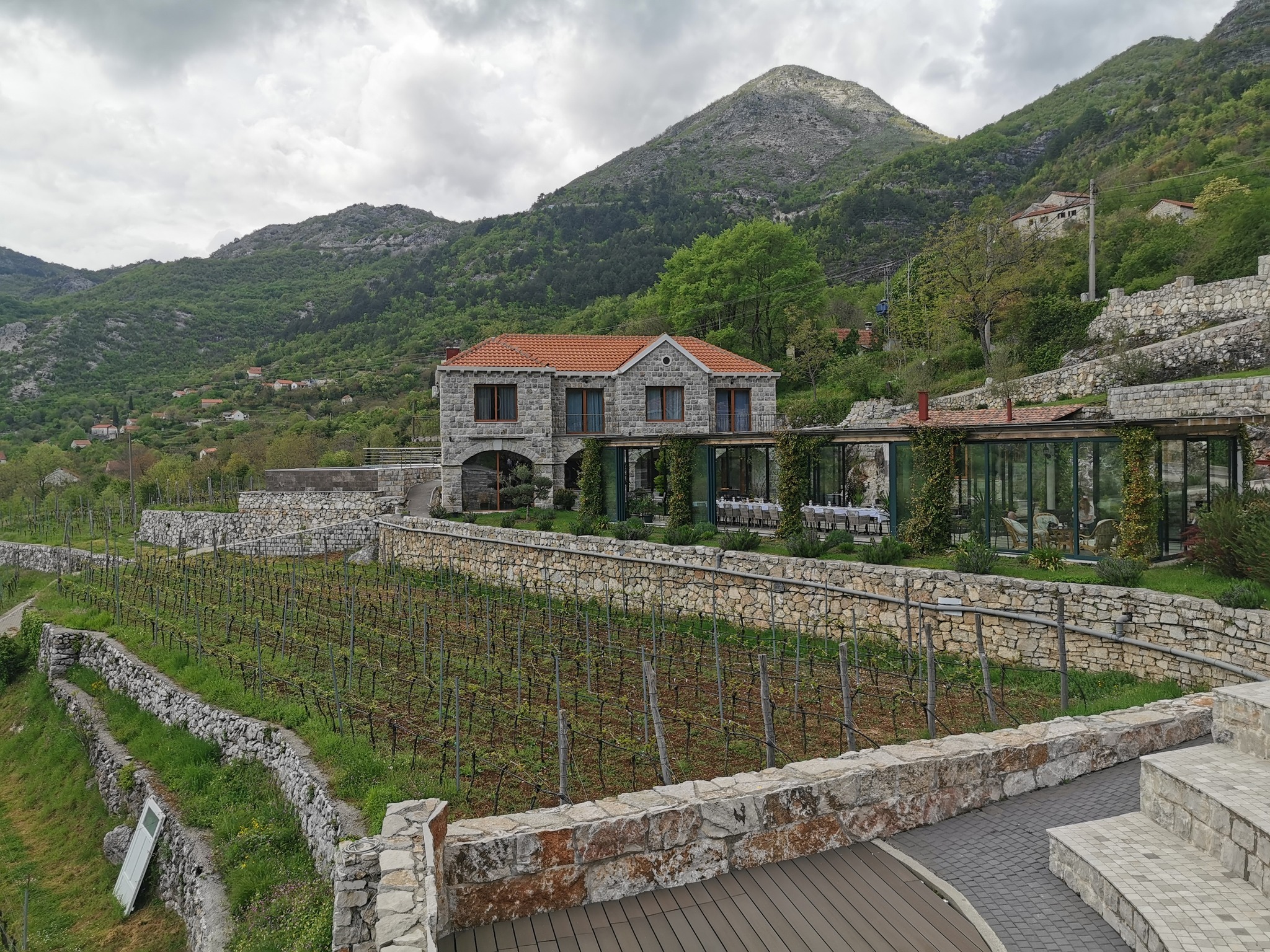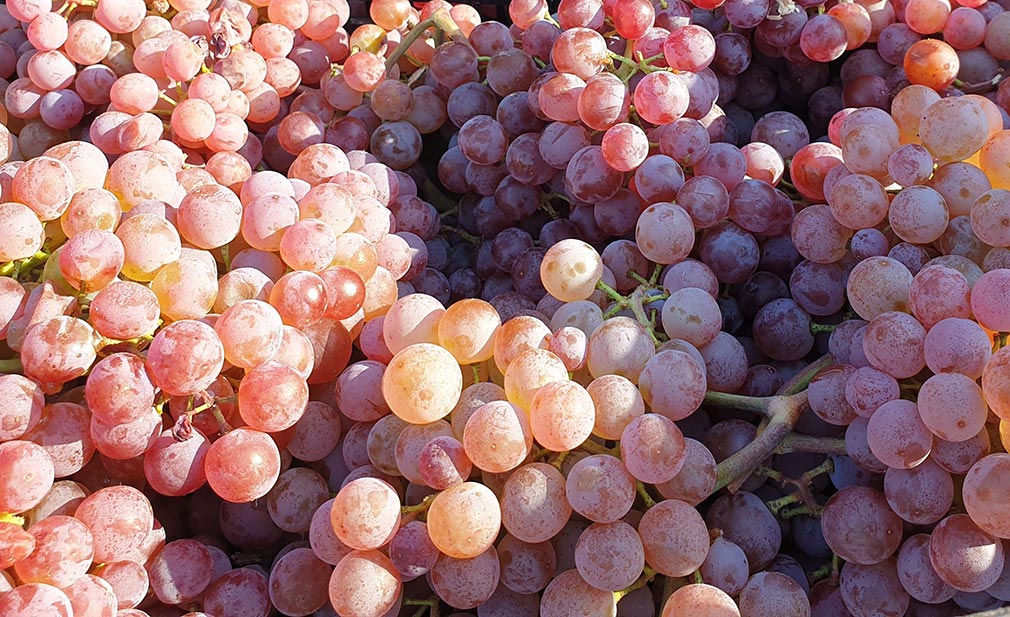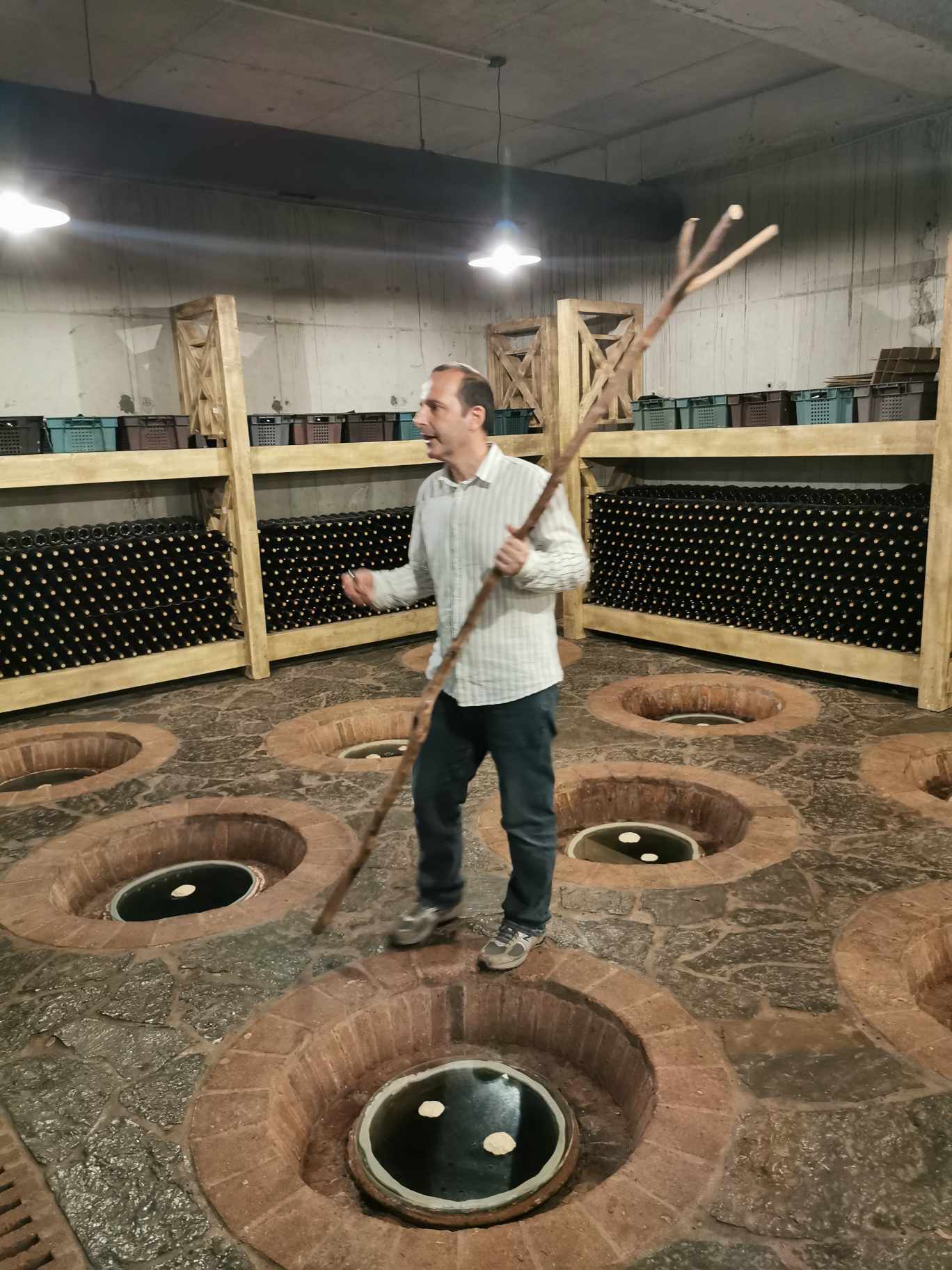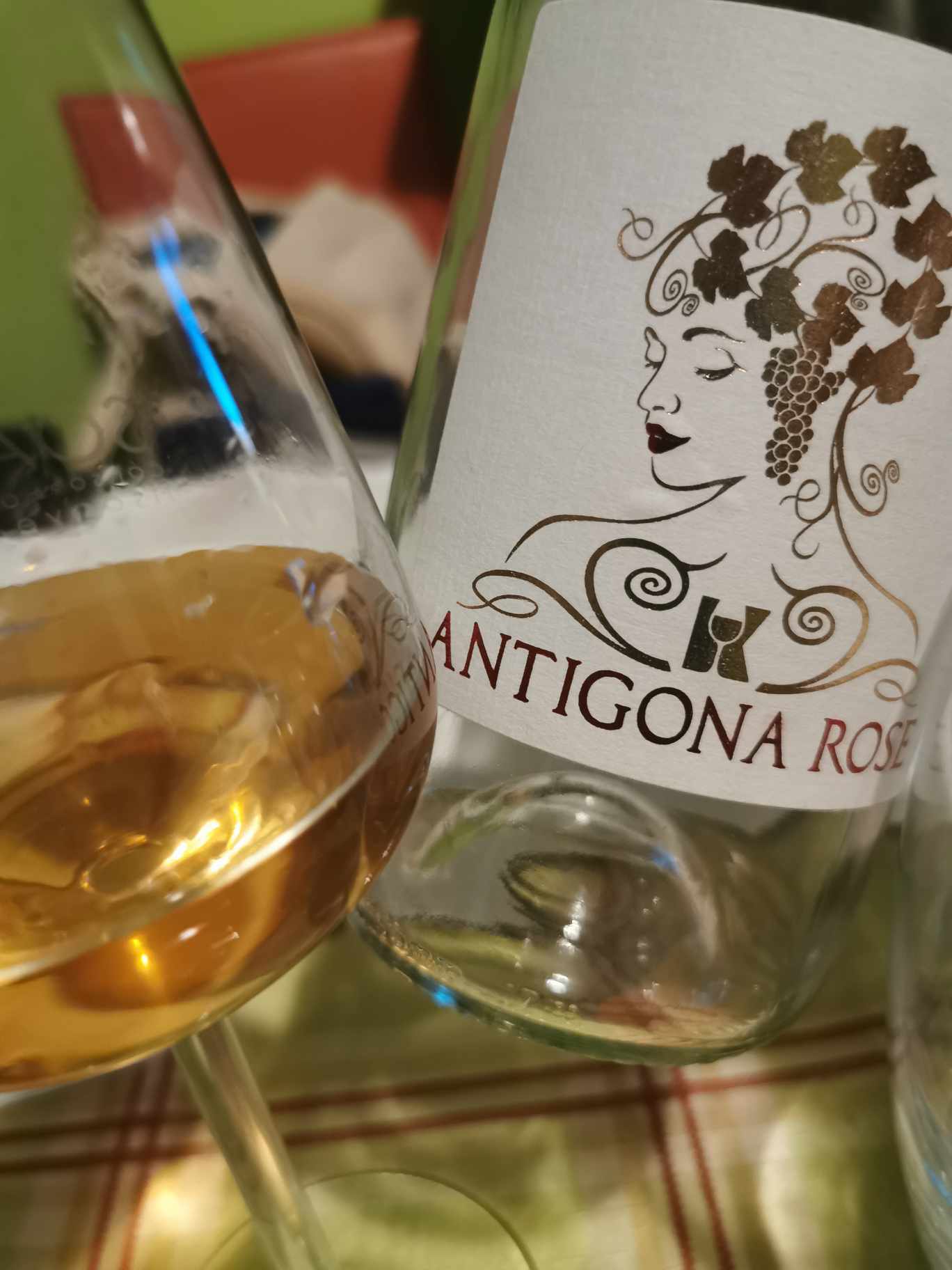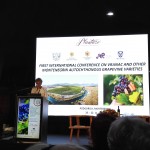
In the period from 20th-22nd November 2017, Montenegro welcomed world-known experts dealing with genomics, genetics of grapevine, bioinformatics and viticulture. The conference presented 28 papers from 17 participating countries.
The organizers (Plantaže Winery, Montenegrin Academy of Sciences and Arts, Montenegrin Ministry of Agriculture) in cooperation with Instituto de Ciencias de la Vid y del Vino from La Rioja (Spain) wanted to contribute to better understanding and study of Montenegrin autochthonous grapevine varieties.
It is widely believed in scientific circles that Zinfandel (also known as Primitivo in South Italy) originates from Dalmatia (Croatia). However, a team of researchers from Montenegro and Spain led by Ms Vesna Maraš presented results of research dealing with Genetic Diversity of Grapevine in Montenegro. This research covered more than 500 samples of wild vines and cultivated vines sourced from 50-300 years' old vineyards from different locations in all viticultural vinegrowing regions of Montenegro. The team travelled the country and collected samples for research. This study could shift our understanding of the origins of Zinfandel and put Kratošija (Kra-to-shee-ya), local synonym for this variety in Montenegro and Macedonia, to the fore.
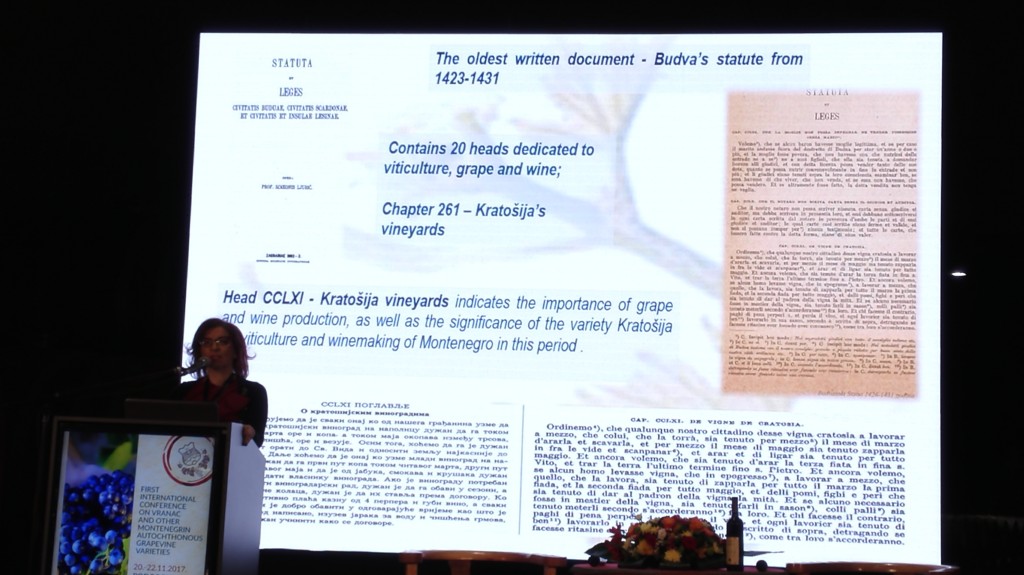
If we speak about Montenegro, the total vineyard surface is 2561 ha. There are 501 registered producer of grapes, whilst an average vineyard measures 0.3 ha. So, we are speaking about small producers, whilst the entire wine industry of the country is led by Plantaže Winery (the owner of the largest vineyard plot in Europe covering 2,310 ha). The vineyards in Montenegro are predominantly based on local grapes: 97% of Montenegrin vinegrowers have Vranac in their vineyards, whilst 50% of vinegrowers have Kratošija in their vineyards. On the other hand, only 4% of producers have Cabernet Sauvignon in their vineyards. This clearly shows that local grapes are highly respected among local producers and still prevail in their vineyards.
Presented findings shift current understanding that origins of Zinfandel are exclusively in Croatia. The Budva Statute (1423-1431) is the oldest written document which contains 20 chapters dedicated to viticulture, grape and wine thus showing how important grape and wine production were in the everyday life of residents of medieval city of Budva. Chapter 261 is entirely dedicated to "Kratošija" vineyards and this can be regarded as the earliest mentioning of Kratošija/Zinfandel in written records.
Stjepan Bulić in his book "Dalmatian Ampelography" (1949) writes that Kratošija is also called Gratošija, Grakošija or Kratkošija. This variety is found in vineyards in the following municipalities: Grbalj, Luštica, Krtole, Kotor, Paštrovići, Prčanj, Tivat and Herceg Novi (all of them located on the territory of Montenegro) "from where the variety was most likely introduced in Dalmatia."
Academician M. Ulićević writes in 1966 that Kratošija is the main and the oldest Montenegrin variety, present in all vineyards in Montenegro. He was also the first scientist who suspected that Californian Zinfandel might be identical with Kratošija. The importance of Kratošija in Montenegro is further supported by diversity of this variety in Montenegrin vineyards. Scientists have identified 17 distinct biotypes of Kratošija variety.
In addition, Kratošija also turned out to be the most frequent variety in sampling which was carried out as part of project Genetic Diversity of Grapevine in Montenegro. Until now, science knew that Kratošija/Tribidrag was predominantly progenitor of Croatian grapes such as Plavac Mali, Grk, Plavina and Crljenak Crni. However, the research carried out in Montenegro has shown an amazing result that Kratošija/Tribidrag is also progenitor of numerous varieties found in Montenegro: Vranac (certainly the most famous one), but also Crna Tomba, Raćeška,Crni Krstač, Plavina Crna, Žitkovina, as well as some unnamed varieties.
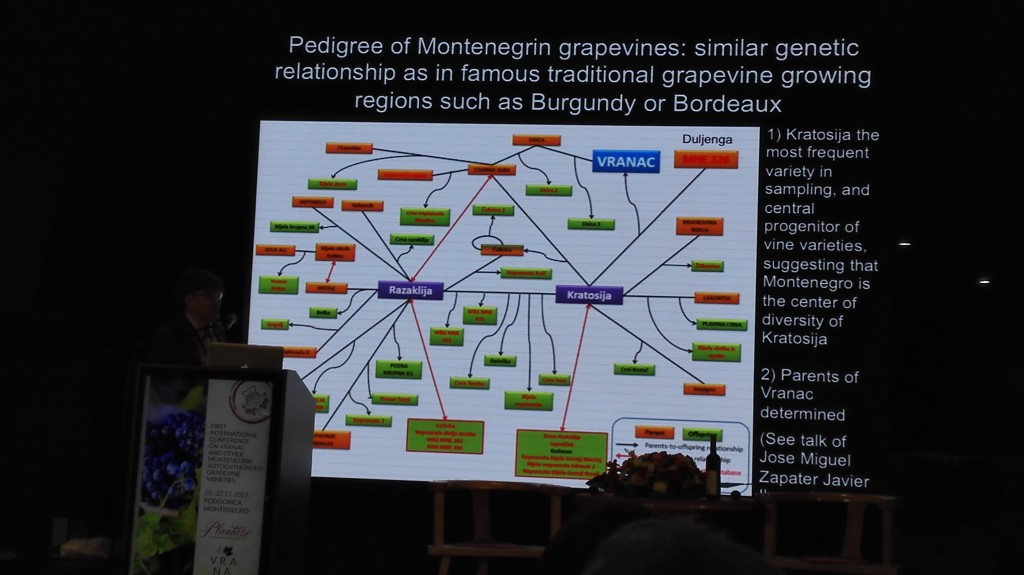
Someone could argue that presented results might spark a new "grape war" in the Balkans in a fight for supremacy over Zinfandel's origins. However, science should focus solely on facts whilst emotions (or marketing efforts to brand a wine-country) should be set aside. Montenegrins have presented valuable data which surely provide more light on history of winemaking in the Balkans. Kratošija surely can no longer be neglected (unfortunately, Wikipedia article about Zinfandel currently gives no mentioning whatsoever of Kratošija as synonym for Zinfandel, which is unacceptable). Kratošija deserves its righteous place together with Primitivo and Tribidrag in the story about Zin's origin. According to results of this research, Croatia no longer stands as sole proprietor of Zin's origins, as the region of interest obviously spreads more southwards into neighbouring Montenegro. Surely, we should be grateful that local winemakers preserved this variety in their vineyards across Montenegro and the research shows that what we currently know about Balkans viticulture is just the tip of an iceberg. The region of Balkans holds numerous wine stories still waiting to be discovered and written in the world's wine history.
BACK TO CATEGORY



